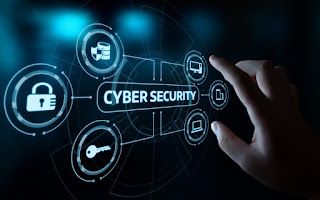A neuron chip

A NEURON CHIP Neuromorphic chips, often referred to as "neuron chips," are a type of specialized hardware designed to mimic the structure and function of biological neural networks. These chips are inspired by the human brain and aim to perform tasks such as pattern recognition, learning, and decision-making in a manner similar to biological neural systems. Introduction to Neuromorphic Computing: Traditional computers, based on the von Neumann architecture, are powerful for general-purpose computing but are not well-suited for tasks that the human brain excels at, such as recognizing patterns and making decisions in real-time. Neuromorphic computing seeks to address this limitation by developing hardware that emulates the parallel processing and learning capabilities of the brain. Key Components of a Neuromorphic Chip: Neurons: The fundamental building blocks of neuromorphic chips are artificial neurons. These are designed to simulate the behavior of biological neurons, whic...
.jpeg)




